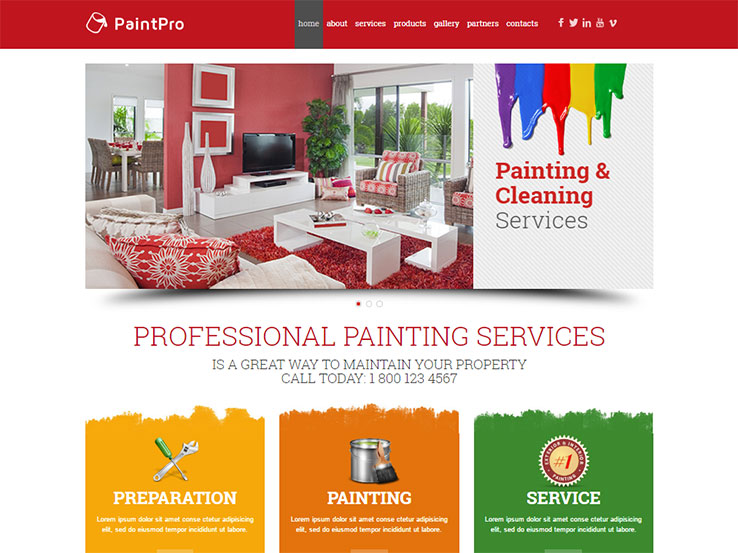How Do The Ideal Colors Effect Your Brand'S Charm In Commercial Outside Paint? Discover The Important Factors That Guide Your Choices
How Do The Ideal Colors Effect Your Brand'S Charm In Commercial Outside Paint? Discover The Important Factors That Guide Your Choices
Blog Article
Web Content Produce By-Kemp Helbo
When it pertains to industrial external painting, the colors you select can make or break your brand name's allure. Comprehending how various shades influence understanding is crucial to attracting clients and constructing count on. But it's not just about personal preference; local fads and laws play a considerable duty too. So, how do you find the excellent equilibrium in between your vision and what reverberates with the neighborhood? Allow's explore the essential factors that direct your color selections.
Comprehending Shade Psychology and Its Impact on Company
When you choose shades for your business's outside, understanding shade psychology can significantly affect how prospective consumers regard your brand.
Colors stimulate emotions and set the tone for your business. For straight painting , blue commonly shares trust fund and professionalism and reliability, making it suitable for financial institutions. Red can develop a sense of seriousness, ideal for restaurants and inventory-clearance sale.
At the same time, environment-friendly represents growth and sustainability, interesting eco-conscious customers. Yellow grabs focus and triggers positive outlook, yet excessive can bewilder.
Consider your target market and the message you wish to send. By selecting the appropriate colors, you not just boost your visual appeal however also align your picture with your brand values, ultimately driving client interaction and loyalty.
Studying Resident Trends and Rules
Exactly how can you guarantee your exterior paint options reverberate with the neighborhood? Beginning by researching regional trends. See neighboring linked website and observe their color design.
Take note of what's prominent and what feels out of place. This'll aid you straighten your selections with neighborhood appearances.
Next off, examine regional guidelines. Lots of towns have standards on outside shades, particularly in historic areas. You don't wish to hang out and money on a palette that isn't certified.
Involve with regional entrepreneur or area groups to gather understandings. They can supply valuable feedback on what shades are favored.
Tips for Balancing With the Surrounding Setting
To create a natural look that mixes flawlessly with your surroundings, take into consideration the natural environment and building styles nearby. Beginning by observing the shades of close-by structures and landscapes. Natural tones like environment-friendlies, browns, and soft grays frequently function well in natural settings.
If your residential or commercial property is near vivid metropolitan locations, you could select bolder hues that mirror the neighborhood energy.
Next, consider the architectural style of your building. Typical styles may gain from traditional shades, while contemporary designs can accept contemporary palettes.
Check your color choices with samples on the wall surface to see how they interact with the light and environment.
Ultimately, remember official website of local guidelines or area aesthetic appeals to guarantee your choice boosts, as opposed to encounter, the surroundings.
Final thought
In conclusion, selecting the ideal shades for your business outside isn't just about visual appeals; it's a critical decision that impacts your brand's perception. By tapping into shade psychology, considering regional fads, and making sure harmony with your environments, you'll develop a welcoming environment that draws in customers. Do not neglect to evaluate samples prior to committing! With the ideal strategy, you can boost your business's curb appeal and foster long-term consumer interaction and commitment.
